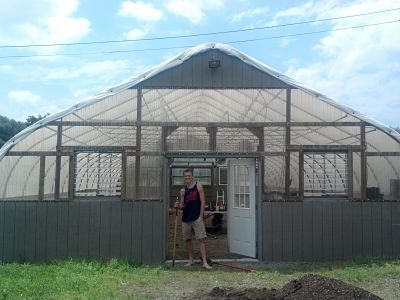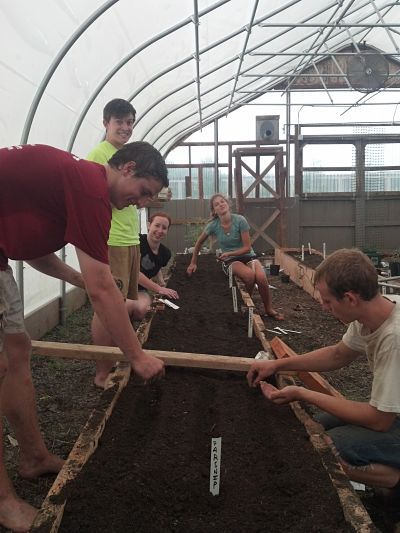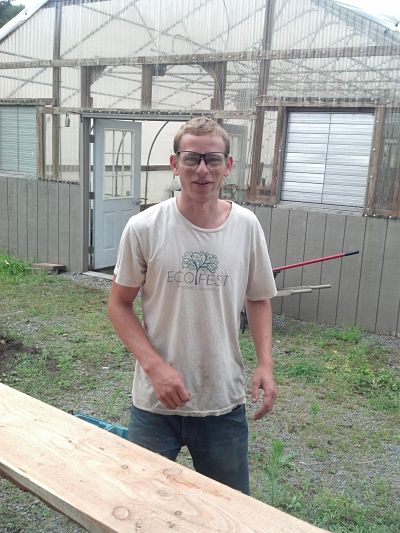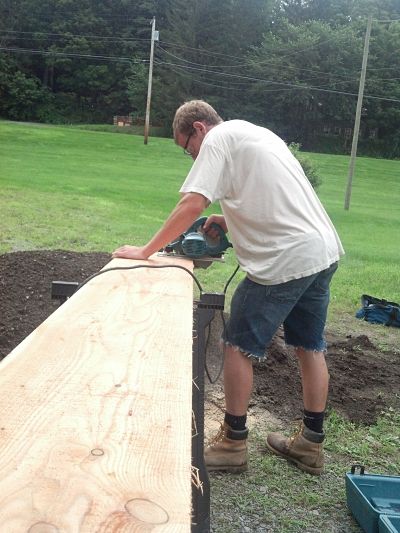By Jenna Glat ’15
As global temperatures rise, ocean levels are rising and weather is becoming more extreme throughout the world. Here on campus, changes have been noticeable: a surprisingly warm and sunny September, an overly rainy summer, and a hurricane in the fall of 2012. Many students, especially upperclassmen who live in the Newell or Parker apartments, are aware that flooding on lower-campus is becoming much more common, putting student housing at risk. The fields adjacent to Taylor Lake constantly flood due to runoff from the upper hill, and the Community Garden on College Street was destroyed twice this summer alone. As the “100-year flood,” or the flood that only has a 1% chance of occurring in any given year (we’ve seen 3 “100-year floods” in the last 5 years), increases, student and faculty planning committees have begun to plan for the future of Colgate in a warmer climate.
In the 2011-2012 academic year, President Jeffery Herbst began appointing special groups to map out the troublesome areas of campus and to replace them with potential new sites for student housing, academic buildings, and extracurricular space. The Advisory and Planning Committee, or APC, working with the architecture and planning firm Sazaki Associates, has released various presentations to the public on their website, presenting their ideas for our campus.
While the Campus Master Plan group is working on improving many different aspects of campus, one of their goals is to enhance campus systems by attacking the floodplain, which makes up much of lower campus. Their goal is to remove the apartments from their current location, and to separate Taylor Lake from Payne Creek. By rerouting the water, flooding concerns would reduce water buildup on campus as well as turn the campus into a functional arboretum. The campus planners estimate that the annual impervious runoff volume from campus is a whopping 37,430,667 gallons of water. This is roughly twice the volume of Taylor Lake, which explains why flooding is such a concern. Additional goals of the planning are to enhance campus movement, both by pedestrians and vehicles; to promote a community with the Village; and to develop a more compact campus.

It will be very interesting to see what happens at Colgate in the years to come. While many of us will no longer be on campus to see the brunt of the renovations and redesigning, as the time frame for the improvements is 10-15 years, the changes will likely impact thousands of new students and will hopefully allow Colgate to successfully adapt to the effects of climate change. It is important to note that the planners are keeping sustainability in mind while they design these developments; they intend to change campus in the greenest way as possible.
If students are interested in more information, they can check out www.colgatemasterplan.com for detailed presentations on proposed changes and for the opportunity to submit feedback. The campus community is constantly being consulted in order to bring about the best changes, so keep an eye out for opportunities to meet with the planning committee and to submit input!
SHARE 










